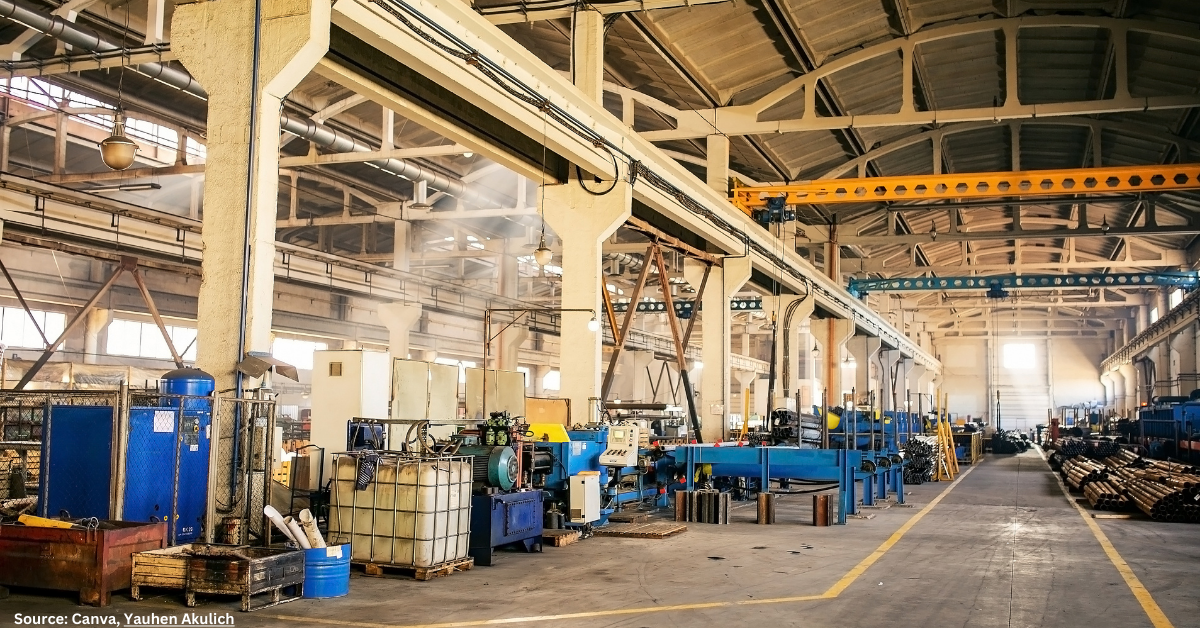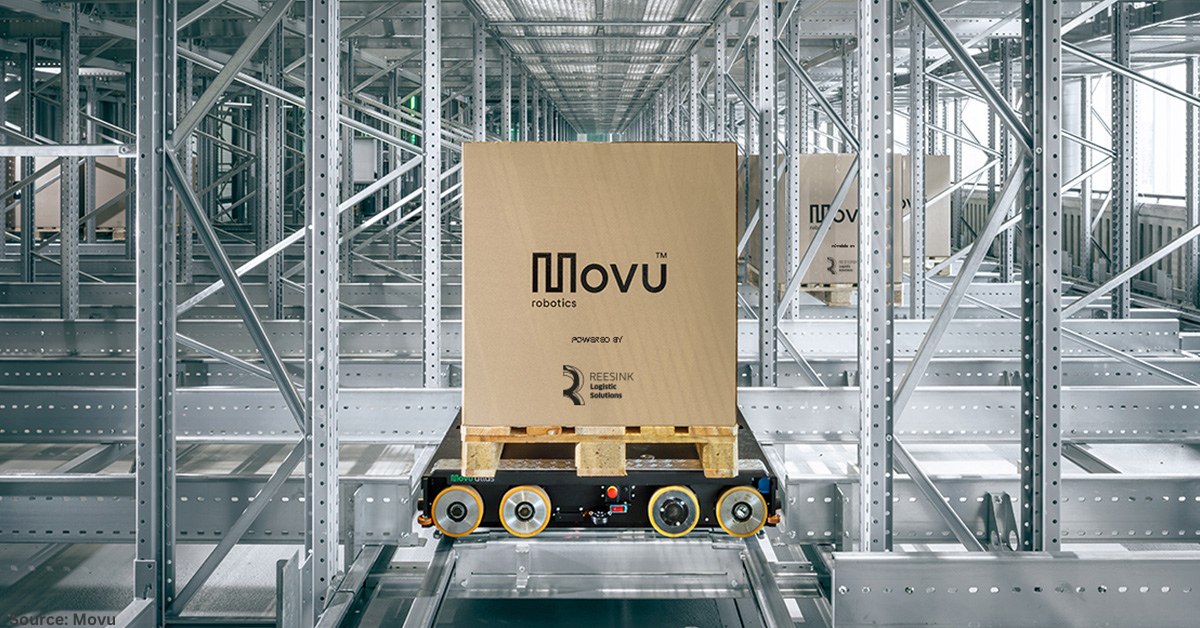The number of women leaders in the supply chain has increased over the past year, with women representing 19 per cent of C-level positions in 2022, up from 15 per cent last year, a report by Gartner and AWESOME reveals.
While there are more women at the C-suite level, the Women in Supply Chain survey also reveled several decreases of women representation at other levels in an average supply chain organisation.
Based on the report, women comprise 21 per cent of VP-level roles, a decrease from 23 per cent last year.
Women in the supply chain workforce have also seen a drop in representation from 41 per cent last year to 39 per cent in 2022.
“Chief supply chain officers (CSCOs) remain committed to gender diversity, but this survey suggests that they will need to double-down on goal setting, leadership inclusion and career-pathing for women,” said Caroline Chumakov, senior principal analyst with the Gartner Supply Chain practice.
“Compared to the last year, representation of women in supply chain has improved at the first-line manager/supervisor, senior manager and director levels of the supply chain organisation, as well as at the senior-most level: the C-suite,” Chumakov said.
Global Organisations Lead the Way
There is a relationship between organisational size and purposeful goal setting which is driving improved representation of women in supply chain. Nearly 50% of medium and large organisations ($100 million to $5 billion) have no objectives to increase the number of women leaders in their supply chain. However, 83% of the largest, global organisations ($5 billion+) have a stated objective to improve representation of women in leadership and 38% have incorporated formal targets that appear on management scorecards.
“Global organisations have better pipelines and better representation of women underrepresented races and ethnicities,” said Chumakov. “They are also significantly more likely to have these women in a director position than medium or large organisations.”
The Great Resignation of Midcareer Women
Supply chain leaders who have seen improvements in gender-balanced representation in their organisation should not become complacent in their efforts. Forty-three percent of supply chain leaders say the pandemic has had a net negative impact in the retention and progression of women in supply chain organisations over the past year. This is a significant uptick compared to the 2021 survey, where only 11% said there was a negative impact. Over half of end-user organisations state retaining midcareer women is an increasing challenge, with an additional 19% indicating it is a significant challenge.
According to end-user respondents, the top reason that midcareer women are leaving is because they lack career or advancement opportunities – an increase from last year’s responses. The fastest-climbing response is that women are seeking greater or more competitive compensation, coming in at second place with 43% of responses, up from 24% of responses in 2021.
Financial implications remain largely unaddressed by supply chain organisations. Only half have a targeted initiative focused on improving benefit offerings for women or closing the pay gap. Among those end-user organisations who say it is an objective, 27% report that they have a specific plan to close the gender pay gap.
“While 14% of end-user organisations stated they’ve already achieved pay equity, it is concerning that 59% of respondents have no action plan to close the gap. In today’s hypercompetitive labor market where women are increasingly seeking out pay increases and ethical employers, these data points reveal a hidden attraction and retention risk,” Chumakov concluded.
Related: Wayfinder: Supply Chain Careers for Women























































Follow us on social media